Layers of Learning Curriculum Guide
Layers of Learning is a family-style, hands-on, pick-and-choose curriculum.
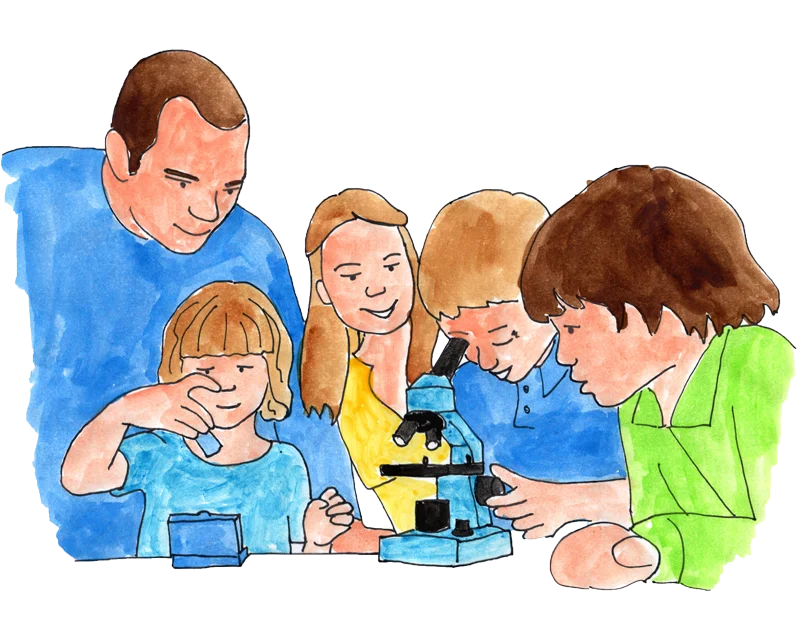
Family Style
Designed so all ages, six years to eighteen years, can learn together.
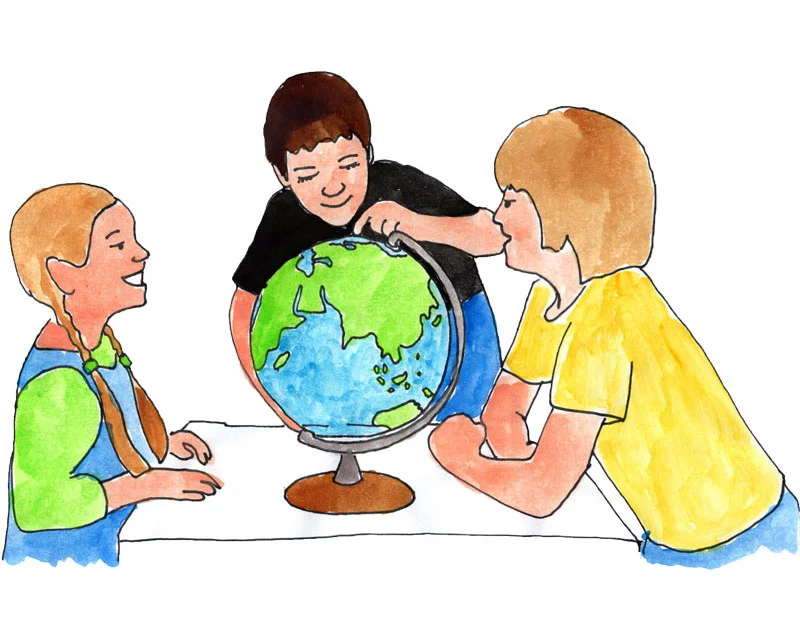
Hands-on
Projects, crafts, paper crafts, and experiments teach concepts instead of boring paragraphs.
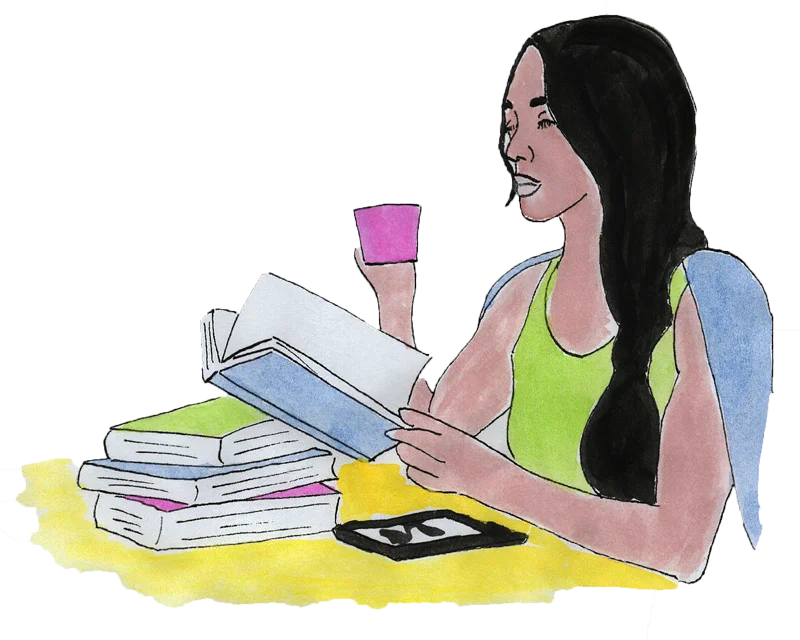
Pick-and-Choose
Mentors decide which books to read, which activities to do, and which concepts to teach.
Coming Soon
The units and courses described below are brand new and being rolled out one by one. Keep watching the catalog for newly released units.
If you want to know about the latest releases right away, sign up for the newsletter or join the Layers of Learning Facebook Group.
Which Subjects?
Layers of Learning offers courses in history, geography, science, arts, and language arts.
History
Layers of Learning history starts at the beginning of civilization in about 3000 BC and progresses to the 2000s. The four history courses include: Ancient History, Middle Ages History, Colonial History, and Modern World History. In addition, we offer an American History course from the colonists to the present.
Geography
Geography covers the whole world each year, region by region as well as geography concepts like landforms, government, human cultures, and latitude and longitude. The four courses include: People & Planet, Mapping Our World, World Cultures, and People & Place. In addition we offer a U.S. States course.
Science
Science includes the four main branches of science and focuses on concepts and scientific thinking. It is an experiment and lab based program. The four courses include: Earth & Space, Biology, Chemistry, and Physics.
Arts
Arts covers art history and famous art and artists throughout time and incorporates hands-on projects involving drawing, painting, sculpture, literature, poetry, folk art, and music. The four arts courses are Art Beginnings, Middle Ages Arts, Colonial Period Arts, and Modern Arts.
Language Arts
Writer’s Workshop is a whole family writing program designed to nurture reluctant writers and at the same time challenge young word smiths. It is a single volume that you use with all your children, year after year.
What Do You Get?
When you purchase a Layers of Learning unit, here is what you get:
How Is It Sold?
Layers of Learning can be purchased unit by unit. Each unit is a month of learning. There are nine units in a year-long course.
Or you can purchase an entire course at once, all nine units, in a single volume.
Single Unit
First Civilizations is a chapter inside the Ancient History course book.
Single units like this one are sold as PDFs only.
A single unit is designed to last a month, but has plenty of information and activities to extend the learning well beyond four weeks.
The unit comes with the Printable Pack included.
Full Course
Ancient History includes nine units. First Civilizations is the first unit in Ancient History.
Courses like this one are sold as paperback books or as PDFs.
A course is designed to last a year, one unit for each month.
The entire course includes the PDF Printable Packs for each of the nine units.
Adapt the Curriculum To Your Family
The ability to buy units one by one makes this curriculum highly adaptable. You can mix and match any way you like.
However, there is an overall order to the program, as a whole. The units do coordinate and dovetail together when you use Layers of Learning in the provided order.
What Our Customers Say
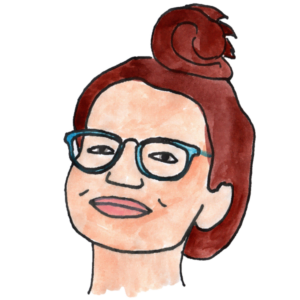 We have done Year 1 two rotations, now. The opportunity for learning is forever growing with your kids and this curriculum!! No matter how “deep” we dived into the information first time, there was still so much to learn the second time around.
We have done Year 1 two rotations, now. The opportunity for learning is forever growing with your kids and this curriculum!! No matter how “deep” we dived into the information first time, there was still so much to learn the second time around.
-Holly
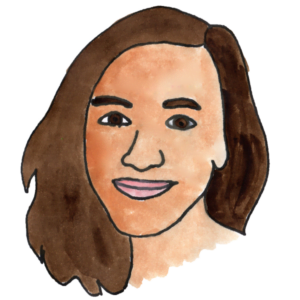 This curriculum has restored the JOY of teaching all of my children at one time. High school, middle school and elementary. In love ♥️😍
This curriculum has restored the JOY of teaching all of my children at one time. High school, middle school and elementary. In love ♥️😍
-Samantha
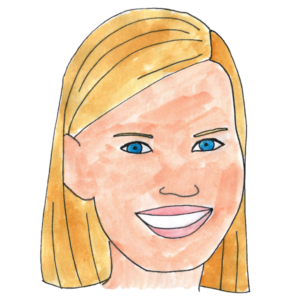 I have four kids in grades ranging from 1st-5th. We are almost finished with Year 1 and absolutely love it! Our last curriculum was open and go but it was so boring. I really appreciate that I can pick and choose activities that fit our family. There are so many choices to help our kids learn.
I have four kids in grades ranging from 1st-5th. We are almost finished with Year 1 and absolutely love it! Our last curriculum was open and go but it was so boring. I really appreciate that I can pick and choose activities that fit our family. There are so many choices to help our kids learn.
-Brianne
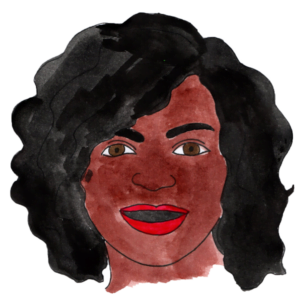 I have struggled to get my son interested in history. Someone suggested Layers of Learning and I brought it up to my husband. He didn’t want to spend money on yet another curriculum that wouldn’t work for our son. I decided to take a chance-signed up for the newsletter, received Unit 1, and printed it out. It was an immediate win with my son. Within a few days, even my husband realized that we had found the perfect fit for our homeschool.
I have struggled to get my son interested in history. Someone suggested Layers of Learning and I brought it up to my husband. He didn’t want to spend money on yet another curriculum that wouldn’t work for our son. I decided to take a chance-signed up for the newsletter, received Unit 1, and printed it out. It was an immediate win with my son. Within a few days, even my husband realized that we had found the perfect fit for our homeschool.
-Kryste
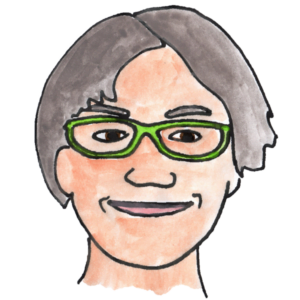 I was using another curriculum for social science and my kids were getting bored and asking not to do it every day. I downloaded the sample of Unit 1-1 and started it last week and we are all loving it! The hands on activities and fun explorations are just what we needed to make learning fun again!
I was using another curriculum for social science and my kids were getting bored and asking not to do it every day. I downloaded the sample of Unit 1-1 and started it last week and we are all loving it! The hands on activities and fun explorations are just what we needed to make learning fun again!
-Jodie
Scope & Sequence
Layers of Learning is built around a four-year cycle.
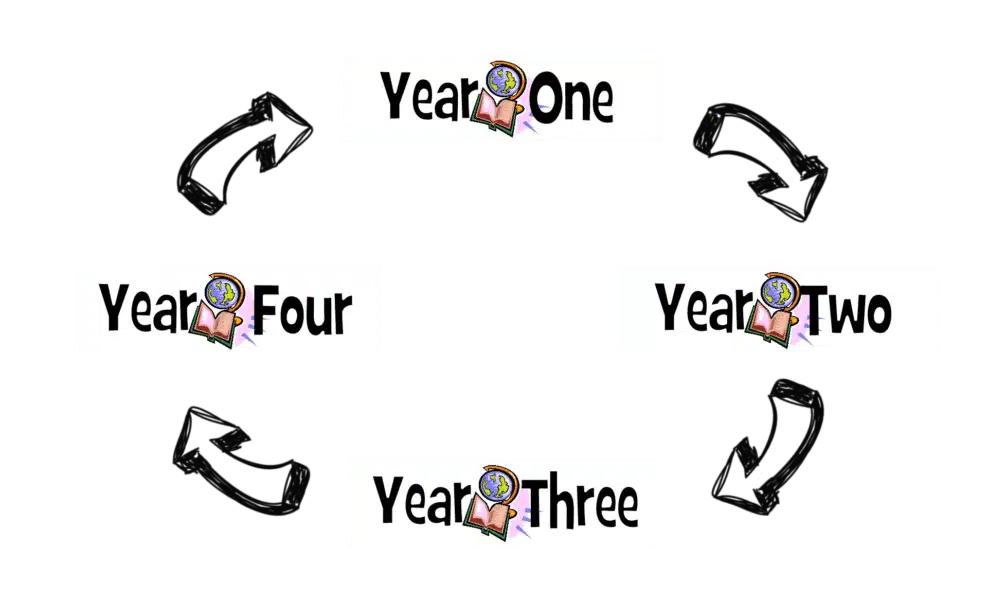
After you complete all four years of the program, you will then start over again at the beginning using the same unit books, but doing new projects with your kids who are four years older and learning at a whole new level. You complete the entire program three times from 1st grade through 12th grade.
The Writer’s Workshop component is used every year, over and over.
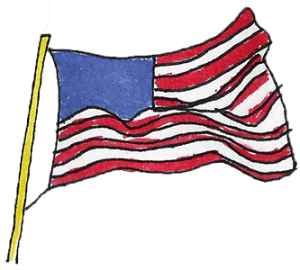
If you are an American you can swap out Modern World History for American History, or do a fifth year of history.
Coming Winter 2026
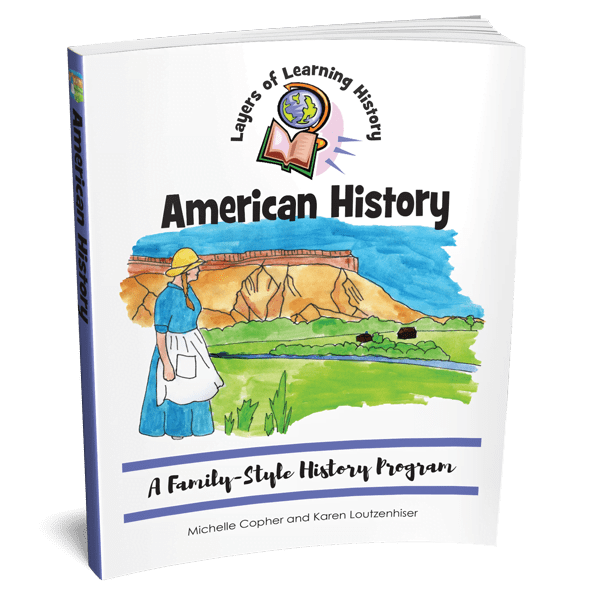
Likewise you can swap U.S. States for any geography course.
Coming Winter 2026
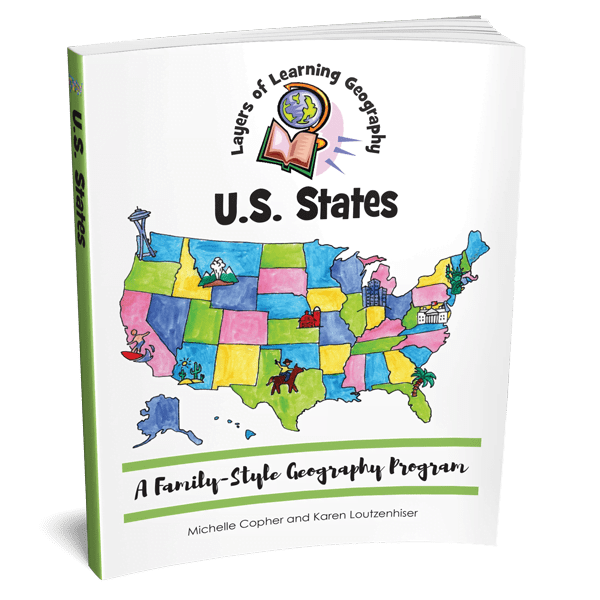
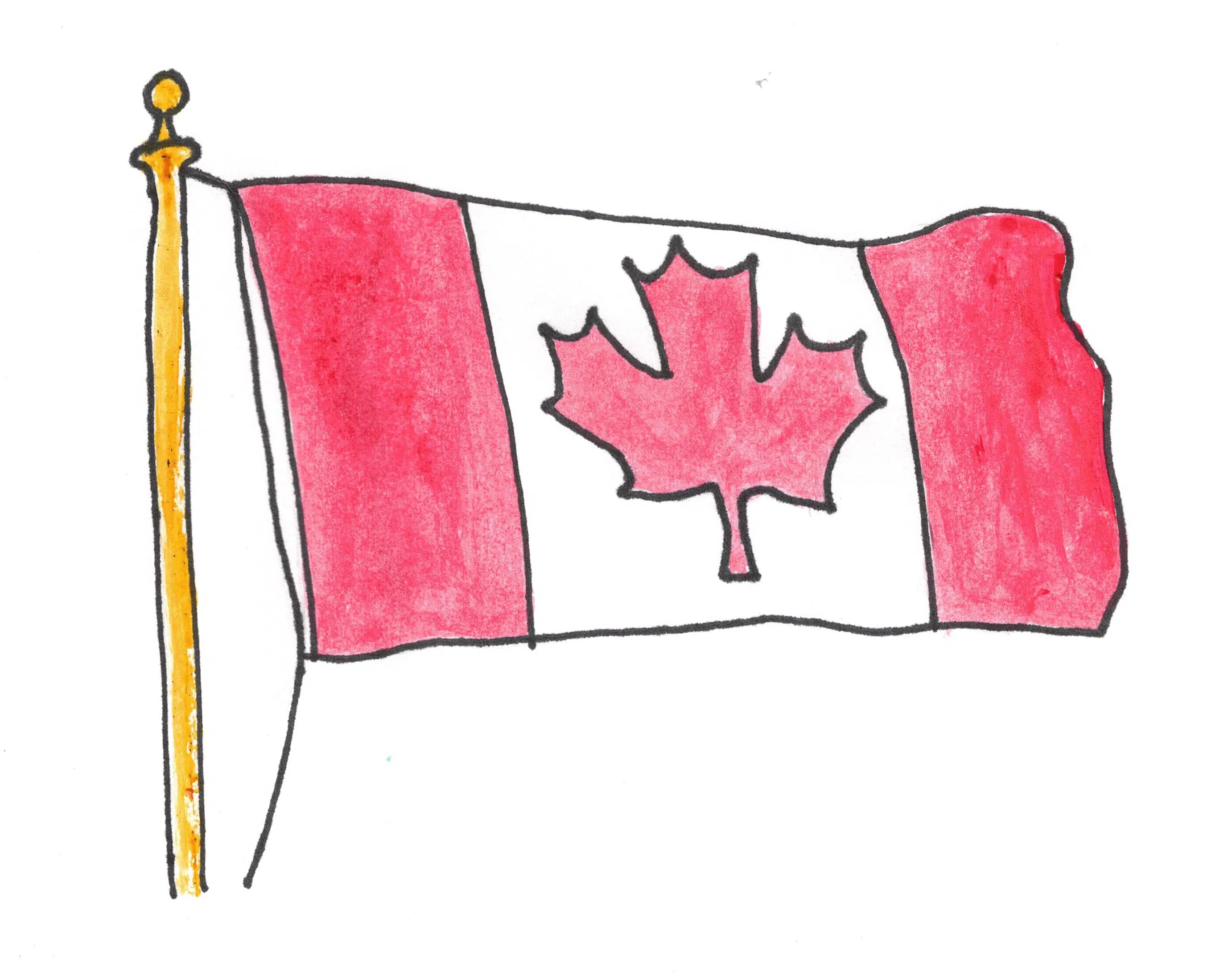
If you are Canadian you can swap out Modern World History for Canadian History & Geography, or do a fifth year of history.
Get Started With Year One
Units at a Glance
To see all of the unit titles and their subheadings (the focus of each unit), get the Units at a Glance PDF.
Inside a Unit
Every unit follows the same pattern. First, there is an introduction to the topic. Then you will see Step 1: Library List. Next is Step 2: Explore. Finally, towards the end of the unit you hit Step 3: Show What You Know.

Step 1: Library List
This is a list of the best books on the topic. They are books that will appeal to young readers because they are well written and interesting.
The intent is that you will go to your local library and find some of these books, as opposed to having to buy a stack of required books to go with the curriculum.
If your library doesn’t have these books, search for books on the same topic that your library does have. A list of search terms is included at the beginning of every Library List for this reason.

Step 2: Explore
This is the bulk of the unit book. It includes all of the Explorations, Experiments, and Expeditions you will do during the unit.
Each exploration teaches a concept through reading, watching videos, and doing a hands-on activity.
The explorations have bulleted lists of supplies followed by a numbered step-by-step set of directions to complete the Exploration.
The Explorations, like the Library List, are pick-and-choose. You decide which ones to do and leave the rest for the next time you go through the cycle.

Step 3: Show What You Know
This is the assessment portion of the program. At the end of the unit, each student will do a project, write a narration or a report, take a test, give a presentation, or play a quiz game to demonstrate what he or she has learned during the unit.
Since this is a pick-and-choose curriculum, each family will learn customized information. So there are no unit tests written for you. However, the Show What You Know portion of the program will allow the mentor to easily design and put together the assessment of their choice.
All Ages? Really?
Yes. Really.
Most explorations inside Layers of Learning units are appropriate for multiple ages and can be taught all at once to all of your children. We specialize in family-style learning.
We use colored smileys inside the books to indicate levels.
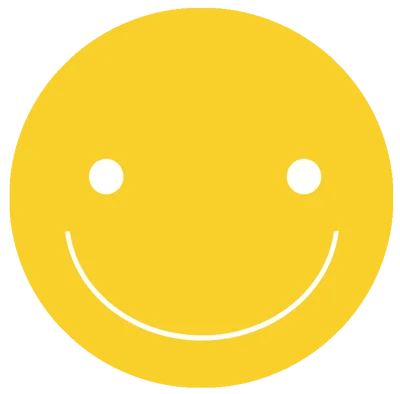
6 to 9 years old, or 1st through 4th grades.
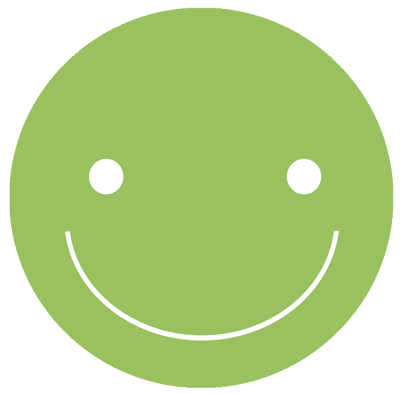
10 to 13 years old or 5th through 8th grades.
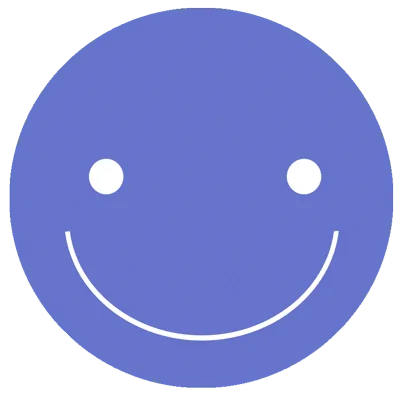
14 to 18 years old, or 9th through 12th grades.
Many explorations have all three levels because most hands-on activities have something to offer for a six-year-old as well as a high school student. Here is an example from People & Planet: Maps & Globes:
☻☻☻EXPLORATION: Sphere to Flat
For this activity you will need:
- Orange for each student
- Markers
- Book or video about map projections. You can find book recommendations in the Library List for this unit. You can find video recommendations in the YouTube playlist for this unit.
It’s not easy depicting a sphere on a flat surface. All flat maps of the earth are distorted for this reason.
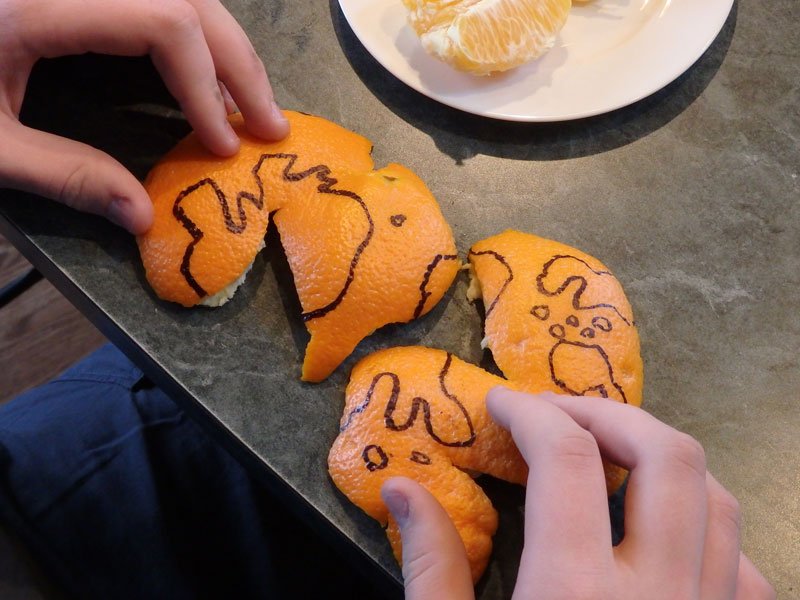
- Draw your own imaginary continents on your orange globe with a marker.
- Peel an orange so the peel is in as few pieces as possible.
- Try to flatten the orange peel on a surface. How well does the sphere shape translate into a flat shape? How did flattening the orange distort your continents?
- Read a book or watch a video about map projections.
- Eat orange slices while you learn.
In this exploration from Maps & Globes, all students do the activity together. Little ones have fun peeling and eating oranges and begin to understand that a map is a representation of a real place. High school kids understand the real world implications of distorting a map. Maps can be used to deceive intentionally or unintentionally.
Meanwhile, the Library List includes books for each level of learner. The sidebars also include extra information to present or extra discussions to have with the older kids while the little ones munch on oranges.
We’ve been teaching our children all together for decades now and, not only does it work, but it has certain side effects such as:
- Close family ties
- Shared experiences
- Conversation starters into deep topics and inner beliefs
- Patience and understanding between siblings
- A much easier workload for the mentor
Scheduling Layers of Learning
Weekly Schedule
Layers of Learning was designed with flexibility in mind. That means you can shape the schedule any way that fits your family. It is not a scripted curriculum that tells you to do this on day one and that on day two.
Instead it is a pick-and-choose curriculum. You do as much or as little as you like. You can spend every day doing history or you can do history just once a week. You can spend an hour a day or three hours a day.
If you aren't sure where to begin we recommend starting with the subject-a-day approach.
On Monday, pick one history exploration and do that. Then on Tuesday pick one geography exploration and do that. So on through the week. On Friday, you can have a short day, use it for an elective, or to catch up on another subject.
Once you have done this schedule for a month, you will have a good feel for the program and can adjust it however you like.
Writer's Workshop should be done daily. Learn more about Writer's Workshop.
Scheduling Your Year
Each unit of Layers of Learning was designed to last a month. Since it is pick-and-choose you will not "finish" the unit. You are not supposed to. Instead you will come back to the unit in four years and do new explorations that you missed last time.
There are nine units in each Layers of Learning course. That fills up your school year perfectly, whether you do year round school or the traditional September through May schedule you should be doing 36 weeks of school per year.
That said, you can spend as much or as little time on each unit as you like. It is your homeschool and Layers of Learning was written with homeschoolers, not one-size-fits-all standards, in mind.
Guidebooks for the Mentor
Every Layers of Learning subject also has a Mentor Guidebook. You can learn more about scheduling, grading, and teaching each subject in the guidebooks.
These guidebooks help the mentor understand the subject, the program, and how to use the units to full advantage.
They delve into more detail than the curriculum guide you are reading now.
We highly recommend reading them before teaching Layers of Learning.
Layers of Learning Educational Philosophy
We, Karen and Michelle, have been homeschooling a long time, since 2003 for Michelle and 2005 for Karen. We have some kids that are academic whizzes and others whose brains are wired for hands-on work. We’ve struggled though reading lessons and dealt with reluctant young mathematicians. We’ve also spent many hours in cozy and comfortable learning with our kids gathered around us. In spite of some of the downer days we love homeschooling our kids. It has been the most rewarding thing either of us has ever done.
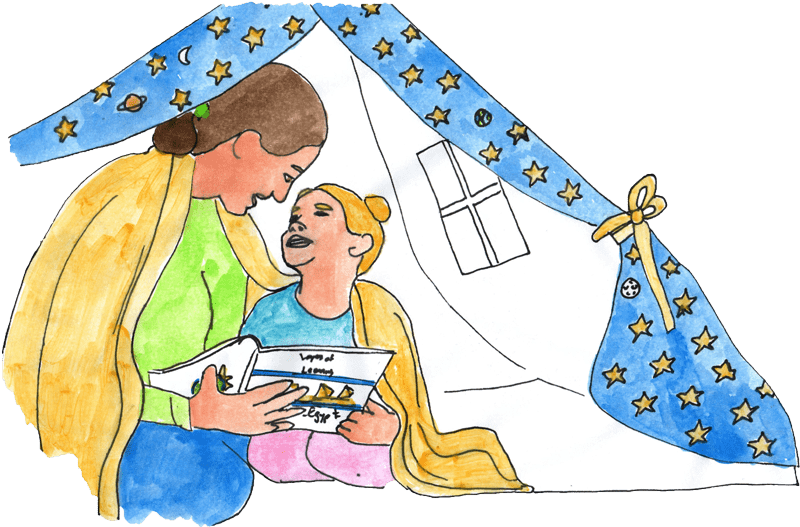
When we first started writing Layers of Learning way back in 2008 it was because we wanted to do even better.
Through our homeschooling experiences and through the experience of writing Layers of Learning we learned so much about teaching, about how kids learn, about what makes things easier on the mentor while providing kids with a rich education. We’ve also listened to other homeschool moms, including many of you. We’ve read educational philosophy and philosophy in general. Through these experiences we came up with some ideas which have all been incorporated into Layers of Learning.
- Kids learn best when they are not just reading and writing, but using their hands, ears, and creativity.
- The best books are written by experts who are passionate about their subject.
- Family school, where the whole family is learning together, is way easier to manage and does a fantastic job of building family relationships.
- Parents should have ultimate control over every aspect of their child’s education.
- Repetition in education is an asset.
- It doesn’t matter which exact information a child learns, just that it is broad and varied.
- It is not the job of schools or curriculum authors to teach you what belief system or morals children should be taught.
- The purpose of an education is not just job training. It is to have a rich, fulfilling, life with a broad frame of reference to equip one with the ability to make the best choices throughout life.
- Education is easier for everyone when it is organized, but flexible.
- It’s good to teach geography and art and more people should do it.
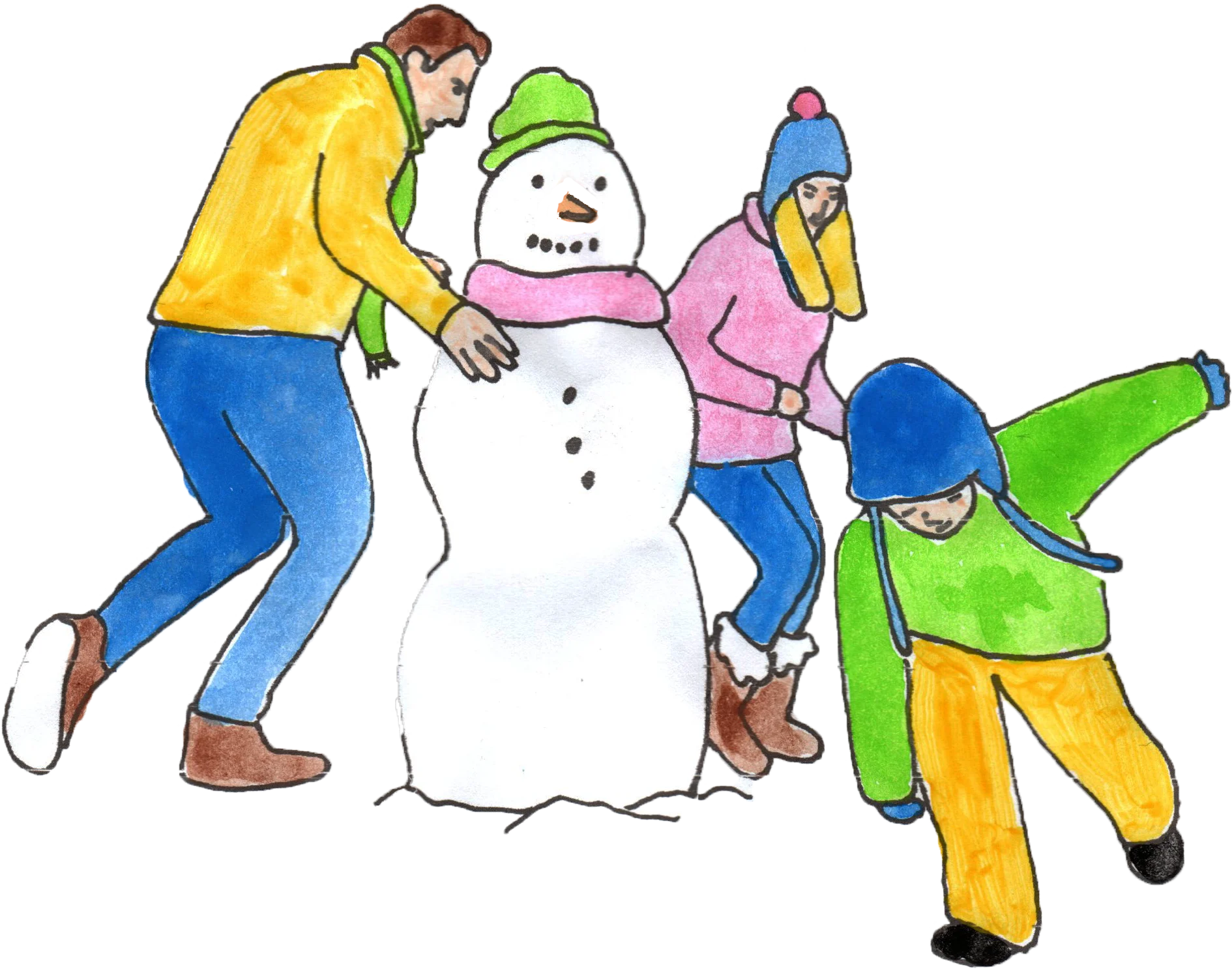
The Layers of Learning Slant
We are neither a Christian nor a secular homeschool curriculum.
From day one, we have believed it was the role of parents, not schools or curriculum writers, to teach children values, faith, and belief systems. We present facts and ask questions; you help your kids interpret them.
Layers of Learning can be purchased through charter schools or for public schools as well as for independent homeschools and faith-based schools.
How Does Classic Layers of Learning Compare to the NEW Layers of Learning
If you're wondering about the differences between the Classic curriculum that was released beginning in 2010 and the NEW curriculum that was first released in spring of 2022, read the post that compares the two.
The Authors
Karen Loutzenhiser and Michelle Copher are sisters and long time homeschoolers who began writing Layers of Learning in 2008.

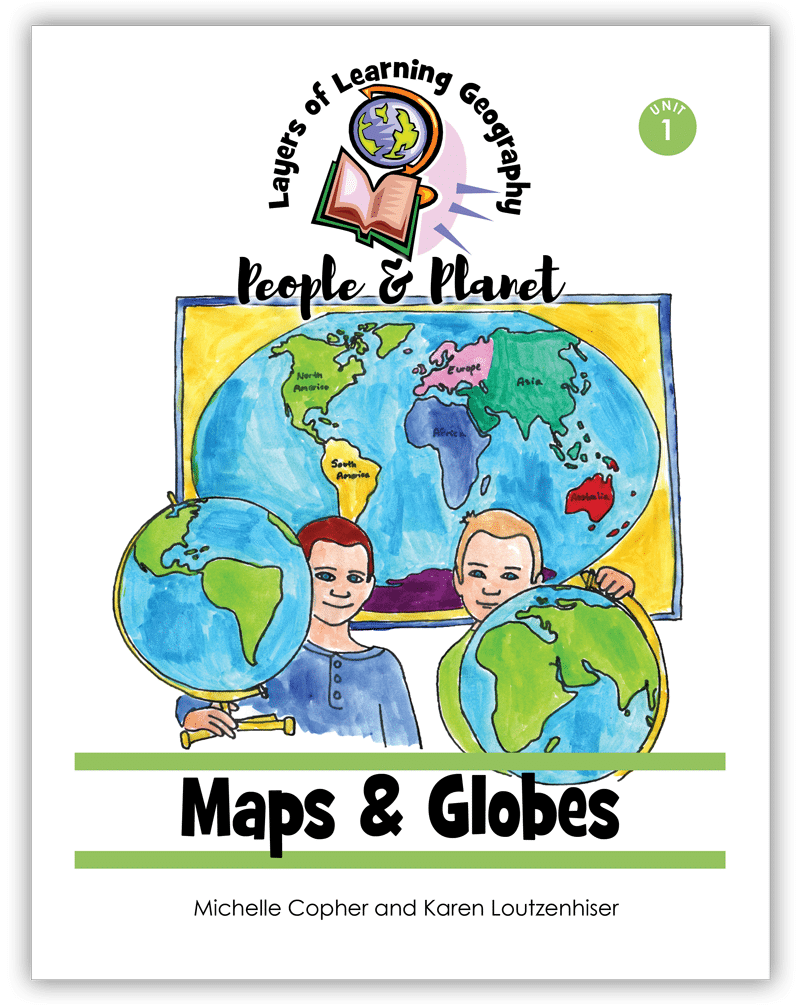
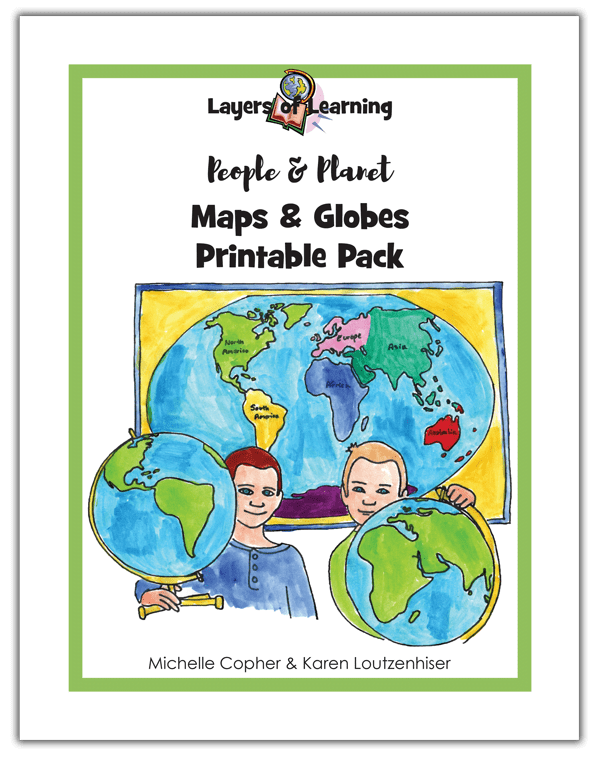
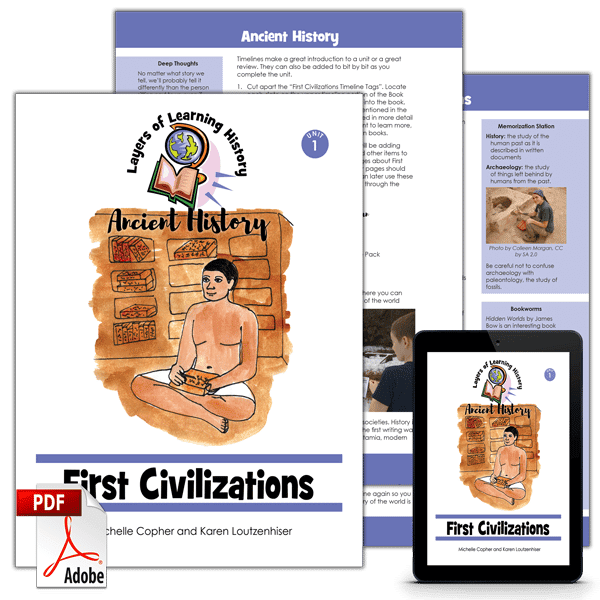
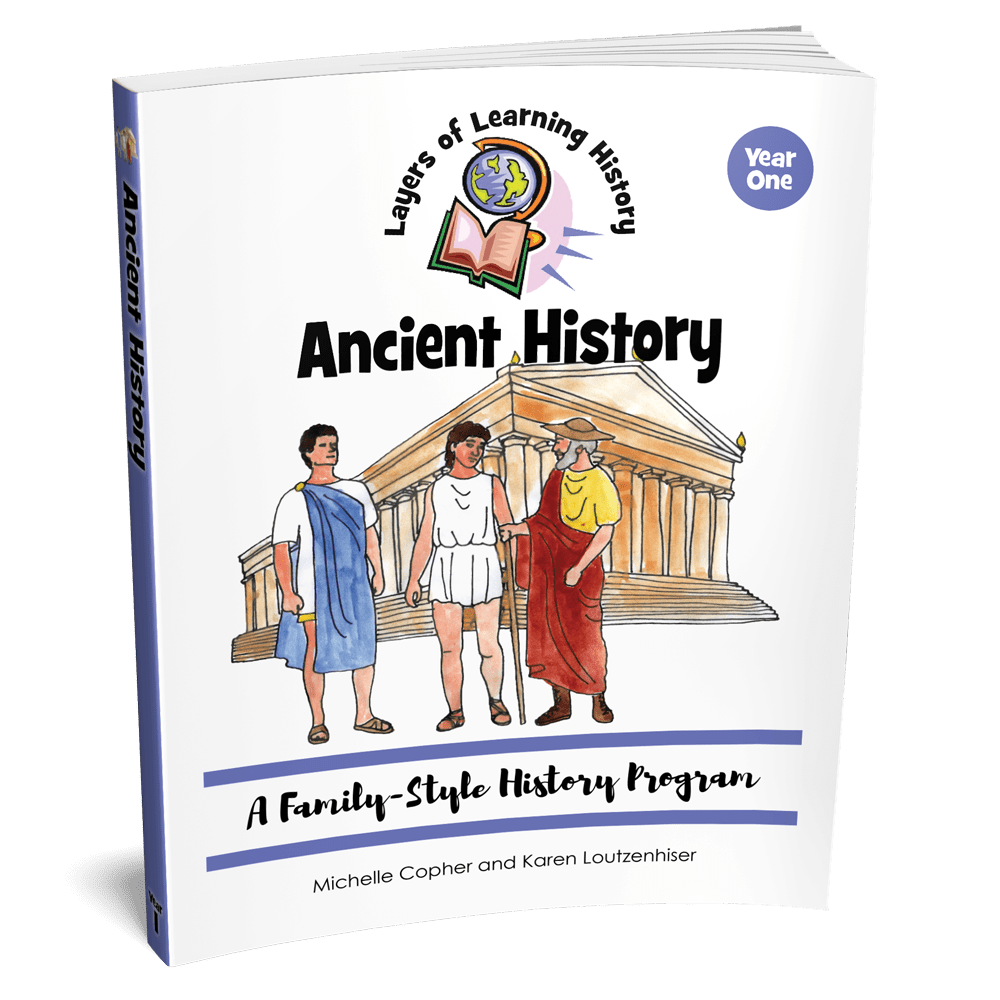
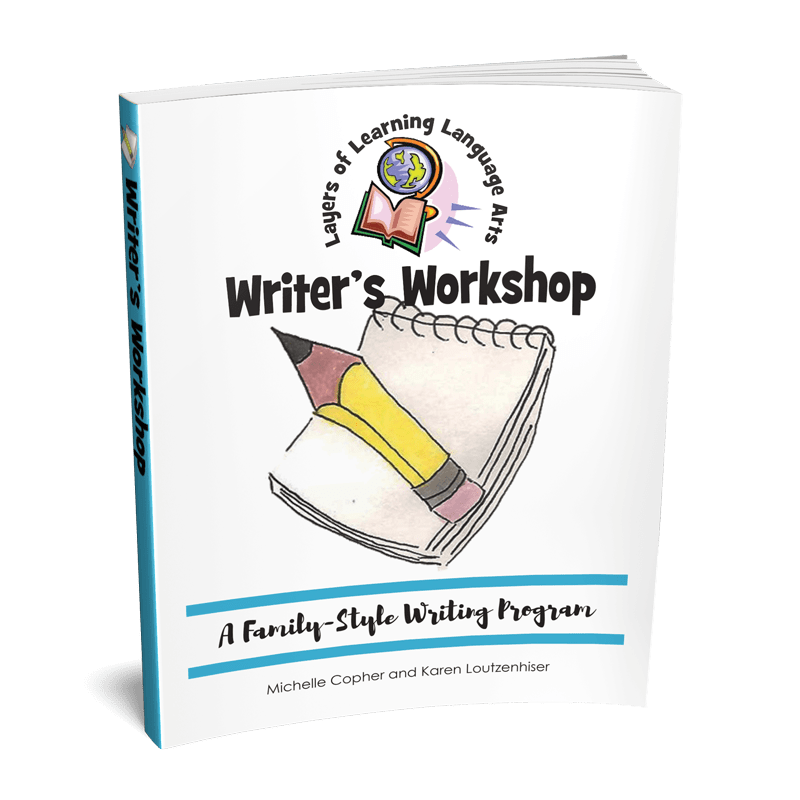
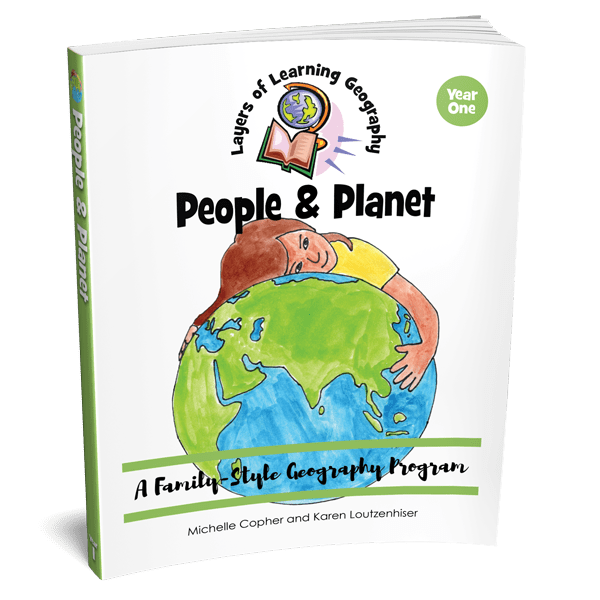
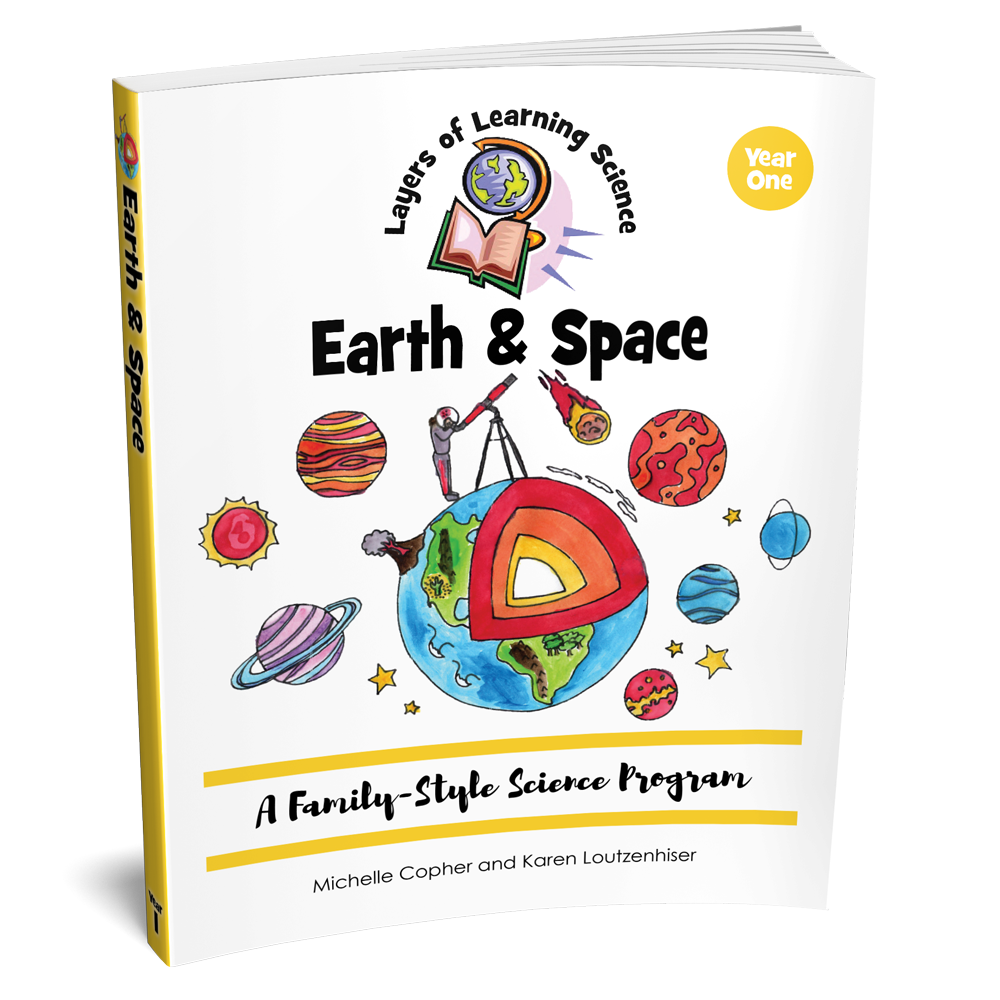
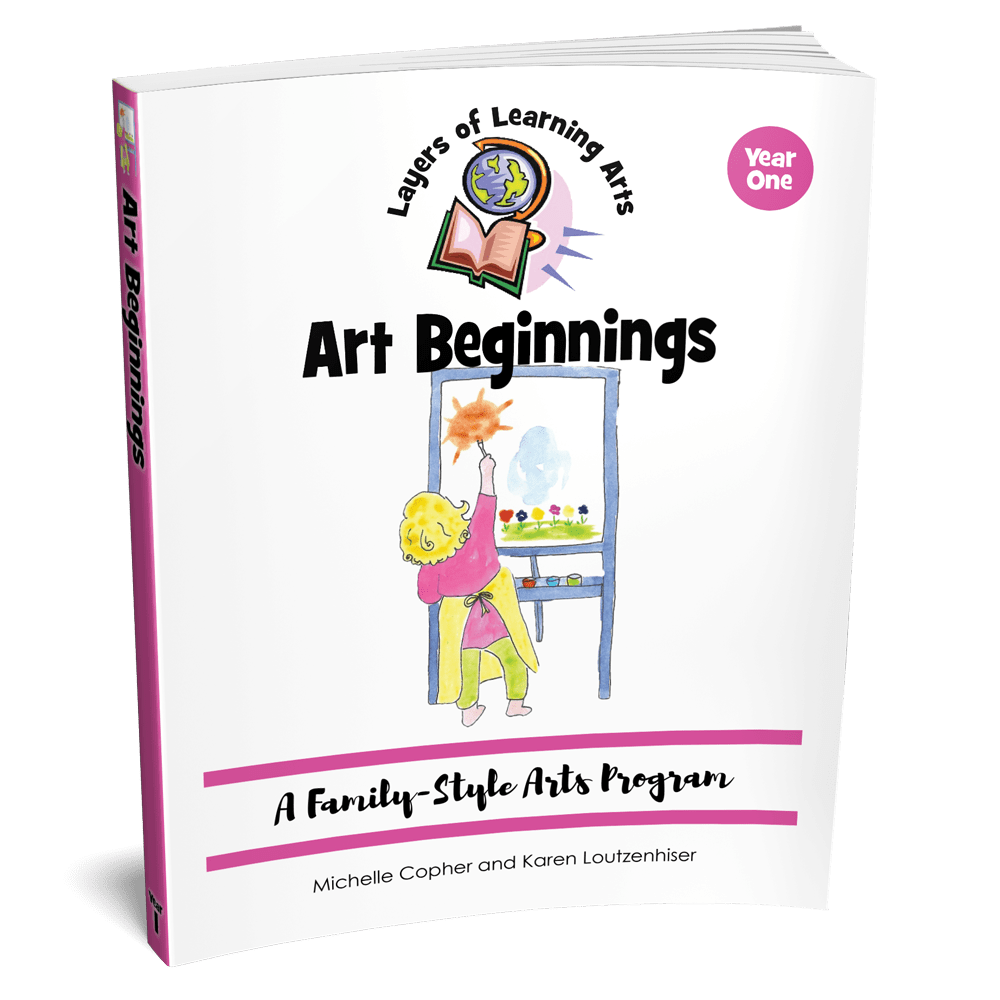
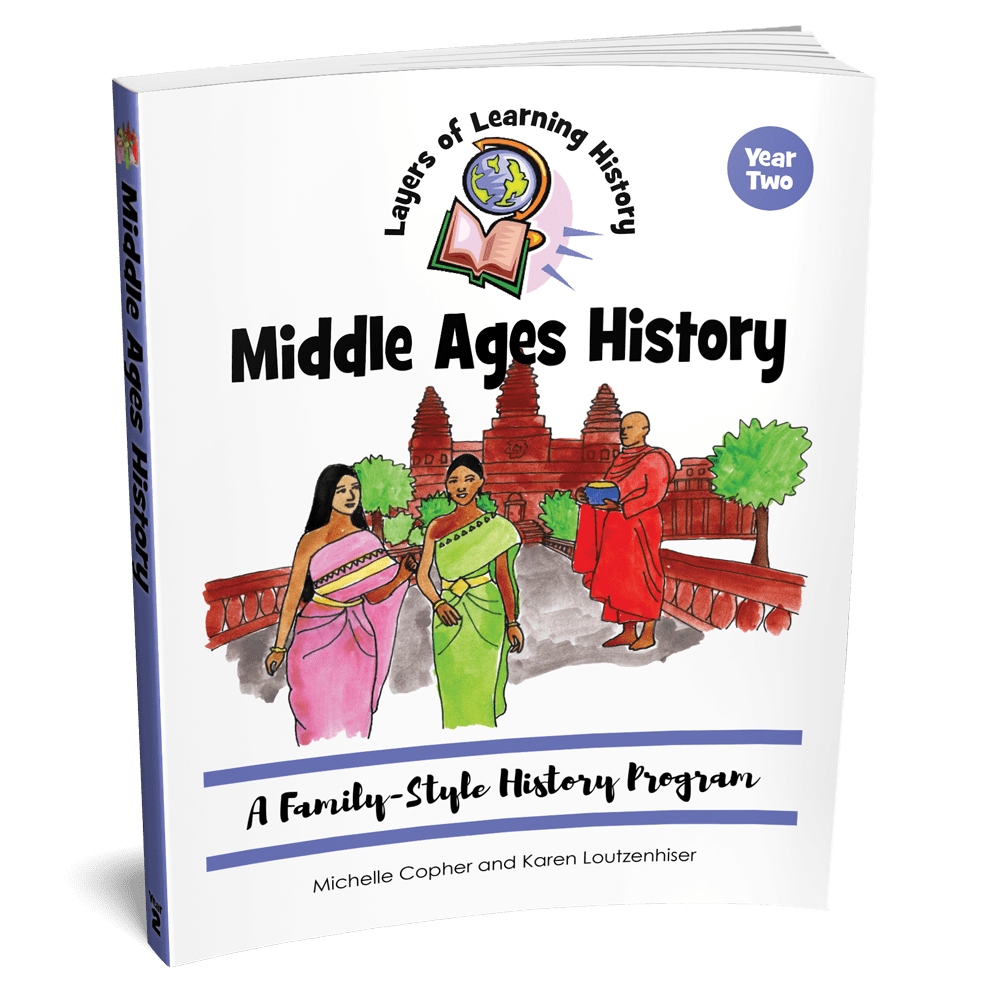
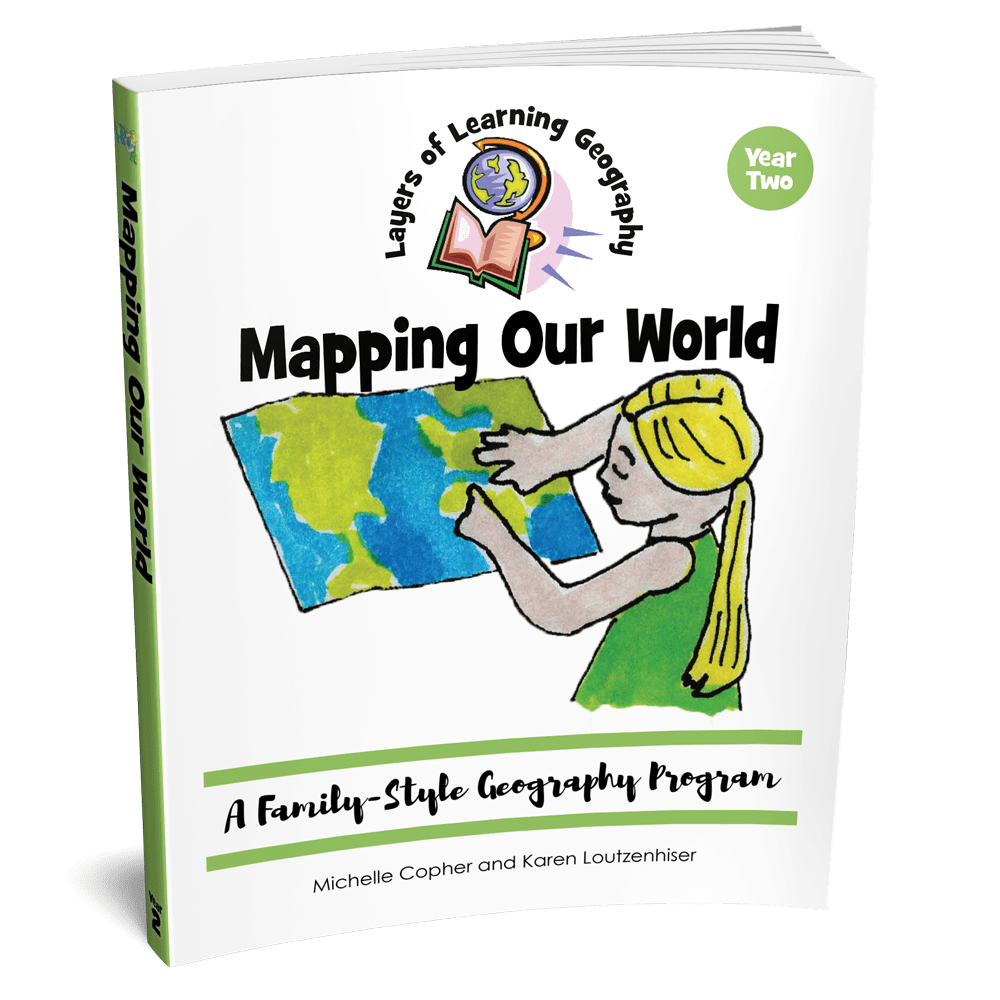
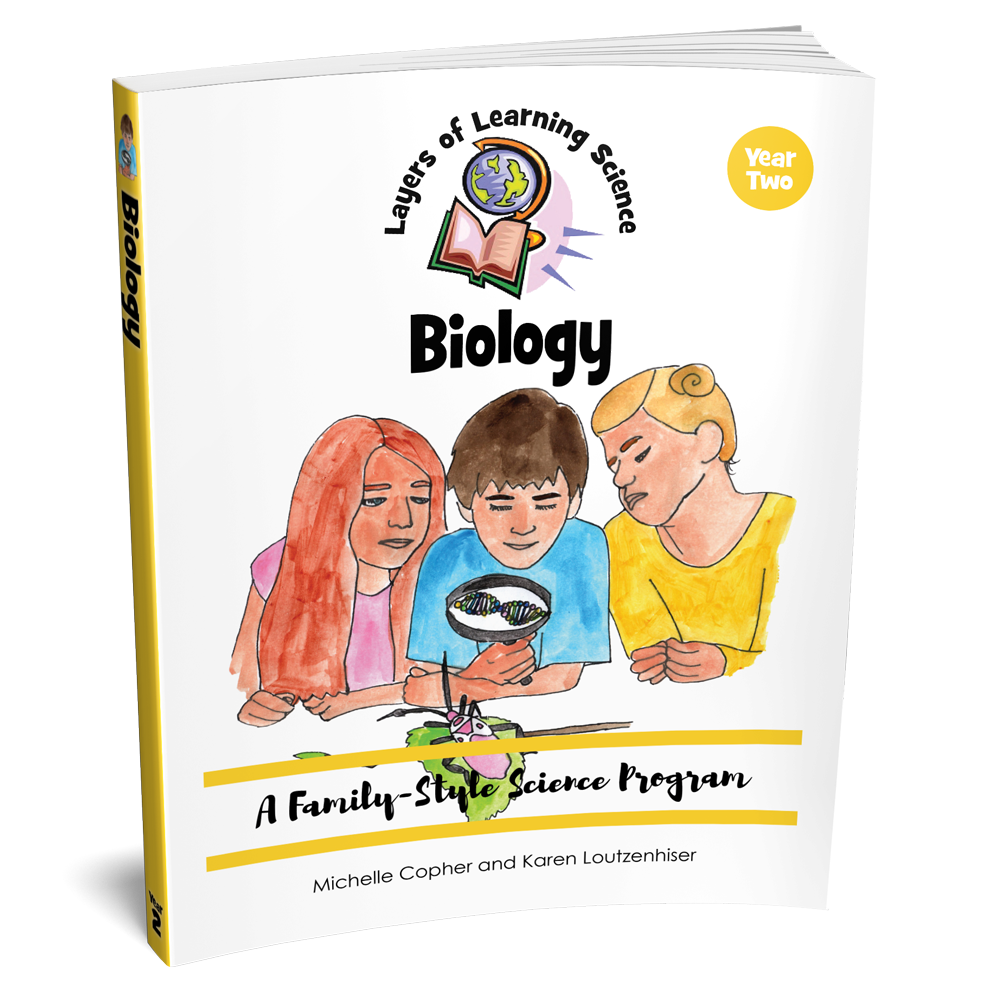
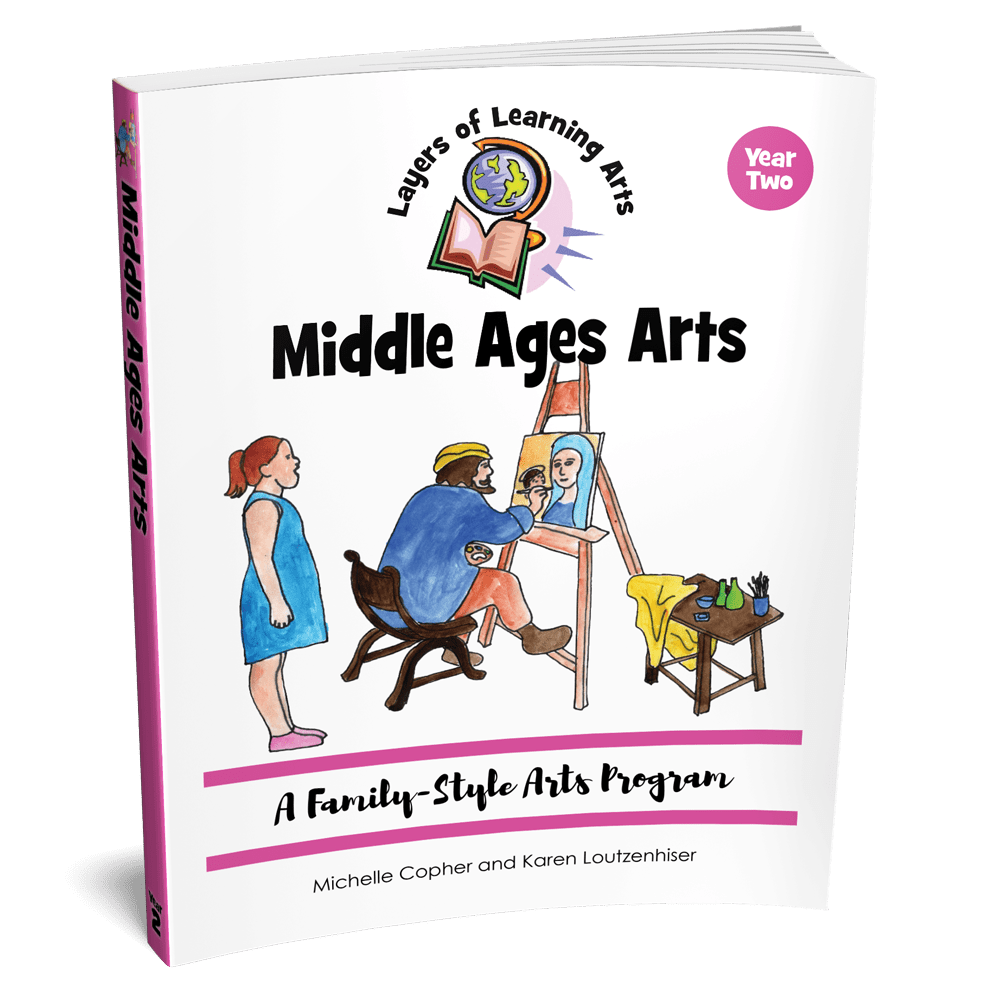
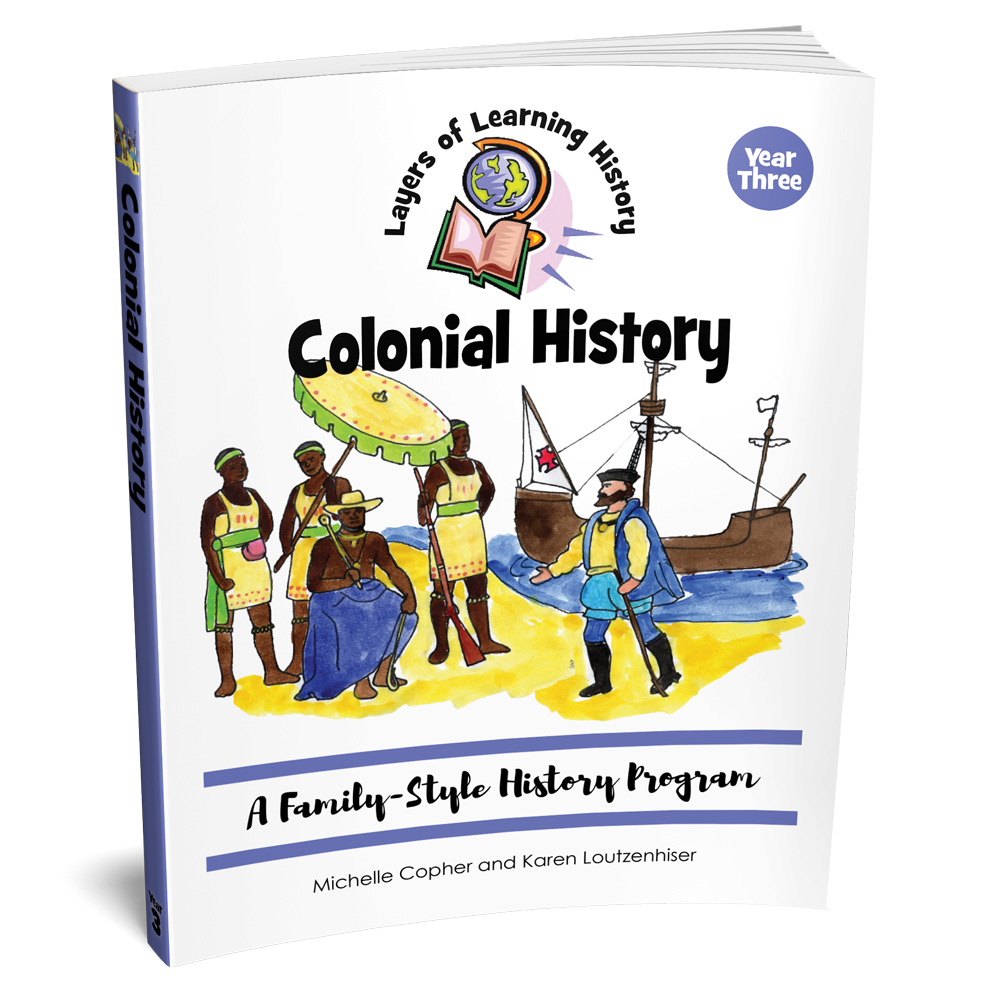

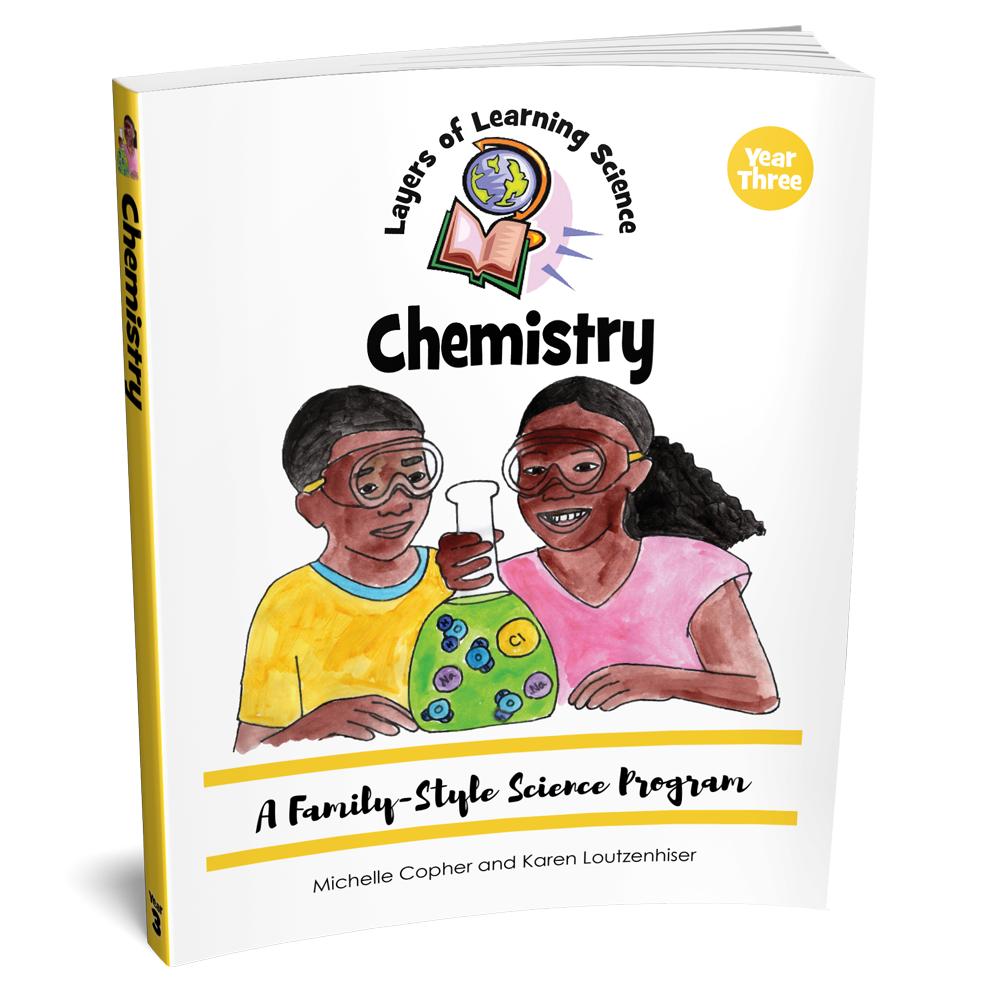
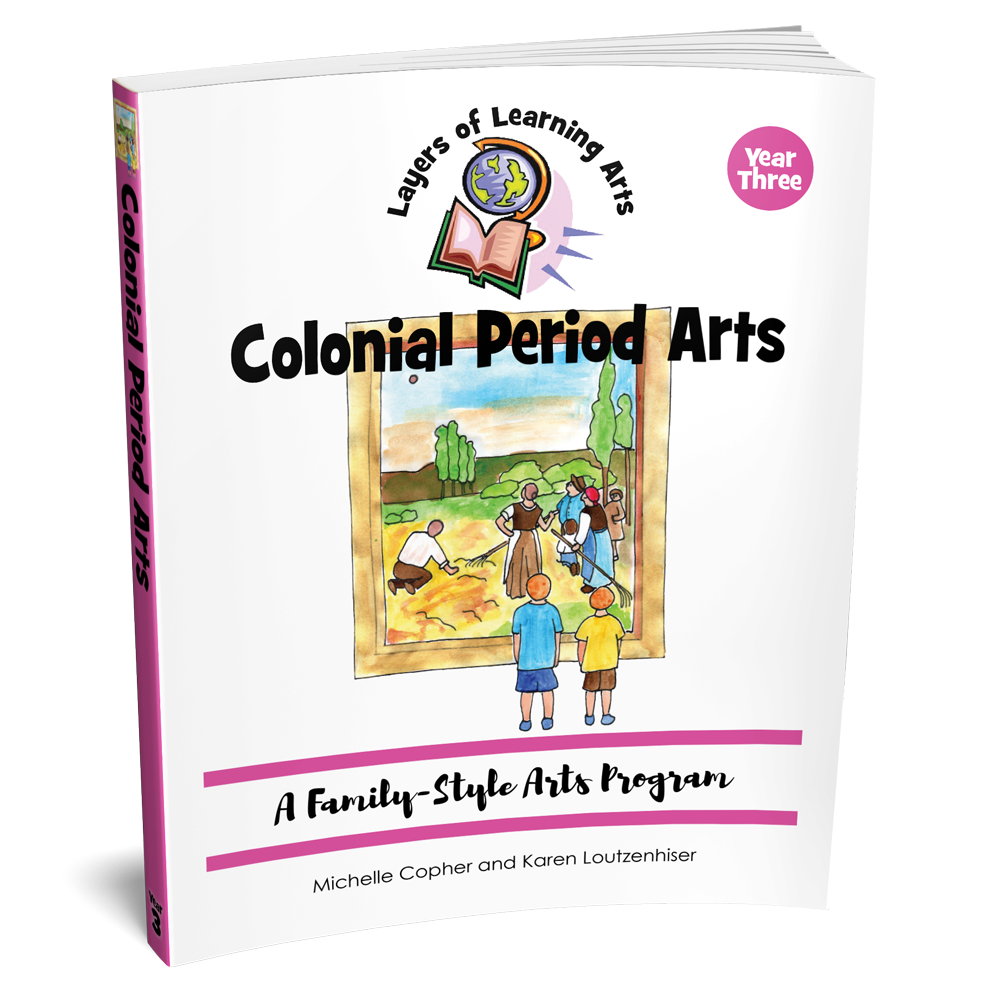
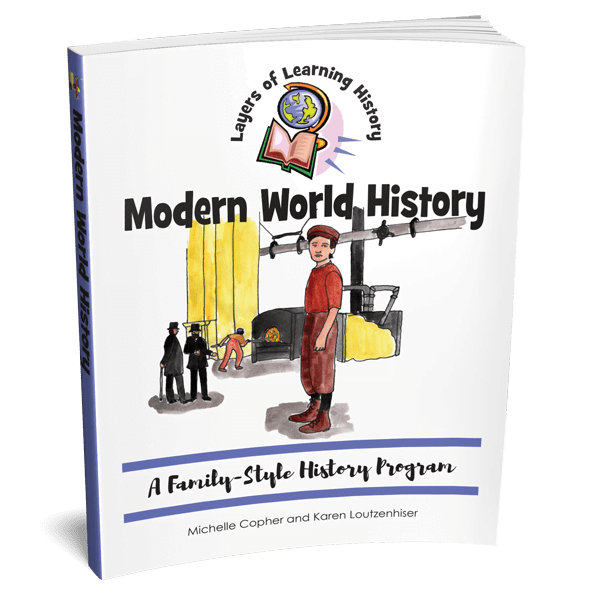
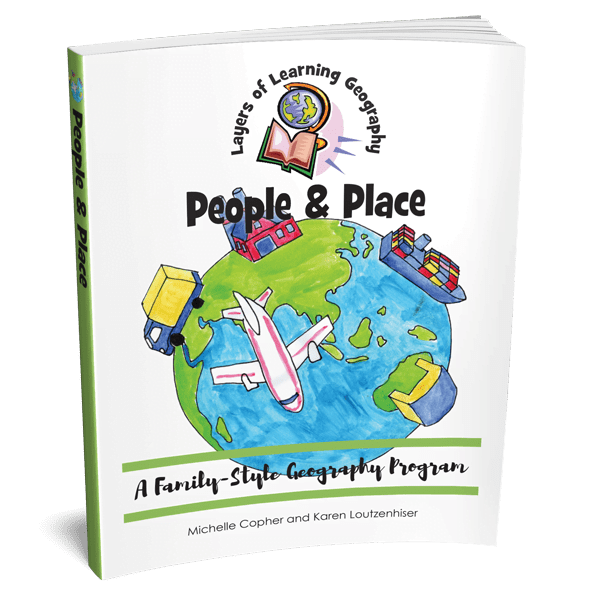

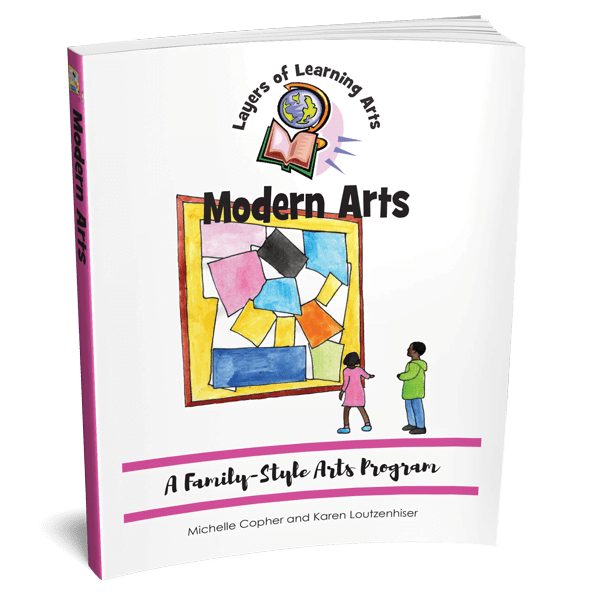
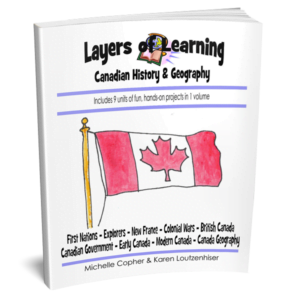
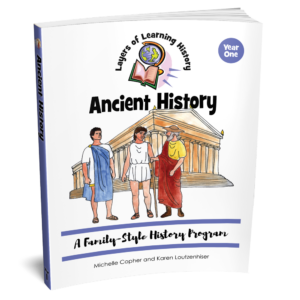
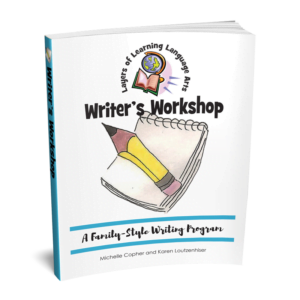
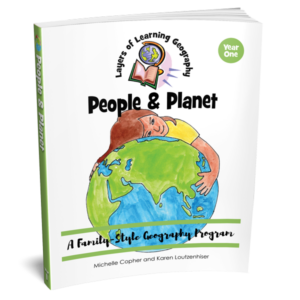
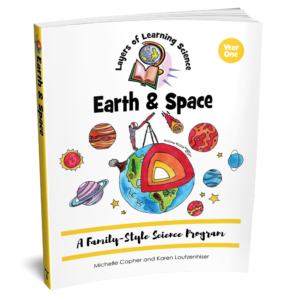
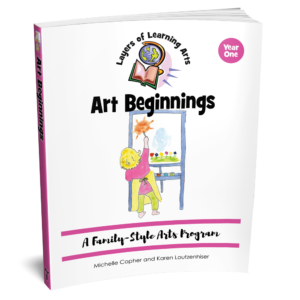
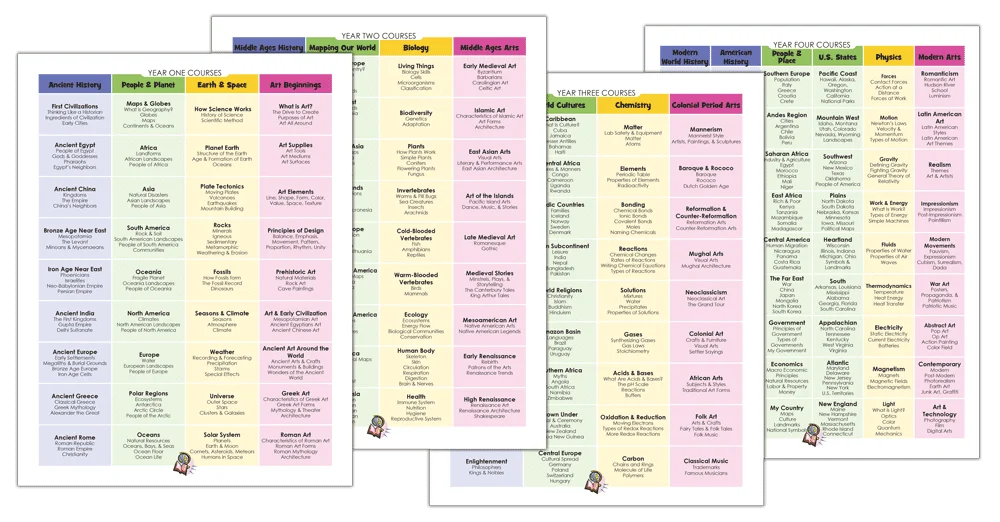
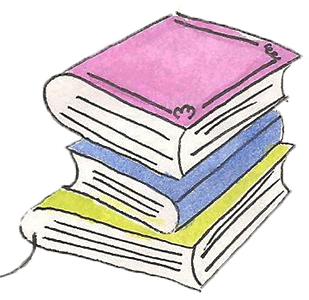

In which unit does LoL feature Aztec and Inca cultures – year 1 or 2?
They are covered within Unit 3-11. The Aztec and Inca peoples were not ancient peoples. They lived closer to the Age of Exploration. The unit covers their civilizations as well as their downfalls at the hands of European conquistadors.
this is enough work to count for a high school credit in each subject?
If you’re utilizing the library lists and an adequate number of the activities, it sure is. It’s a pick-and-choose curriculum, so you get to choose the components that are suitable for your needs within the program.
What Math programs do you supplement with? With writing and reading in each unit, is this considered sufficient Language Arts Instruction?
Layers of Learning does not include reading instruction for brand new readers, but it does suggest enough reading to be sufficient once kids are able to read if you utilize the library lists and have children choose books to read on their own. Because it is a pick-and-choose curriculum, it will be as complete as you make it. Writer’s Workshop is the writing/language arts component of the program. You can see those units within our catalog. For math, we recommend Saxon. It is thorough and excellent. Other strong math programs we recommend include Teaching Textbooks and Math-U-See.
Hi Ladies- I found you thru wellnessmama’s website.
I know your curriculum is supplemental to the other subjects but was just curious if you have favorite resources for the other subjects. i.e math, reading and writing.
We do have a writing program, Writer’s Workshop. Check it out in the shop. Our favorite math program is Saxon, but we hear great things about Math U See as well.
how would you recommend using this program if you had found it in the last 2-3 years of high school?
Layers of Learning was written for all ages, clear through high school. If you are starting at the end of your child’s education, you can choose to begin the program at any point. You don’t need to begin with Year One. For high school, make sure you are using the Library Lists for the extra reading your high schooler needs.
Under “Units at a glance,” it lists genetics and adaptation in year 2, but I can’t find that specific topic looking through the individual units. I would also like the units for force and also gravity.
Ashley, you must be looking at the NEW Units at a Glance. It refers to units that are being rolled out, starting this week (3/28/2022). Those units are not yet available.
The CLASSIC Units at a Glance can be found here:https://layers-of-learning.com/wp-content/uploads/2013/07/Layers-of-Learning-Units-At-A-Glance.pdf
As a long time user of LoL and owner already of all 4 years and all the Writers Workshops, I can guarantee this is the absolute best family school curriculum there is anywhere! We started when my kids were in elementary and are still using it now while they’re in high school and it really does adapt with them.
I am so excited about having all the subjects per year in their own books!!! That was my only issue with the program – planning could get confusing because we often “chunked” several units into a month+ block and used different arts, etc. Having each in its own book will be awesome!!!!
You two are always thinking of us and striving to help homeschool families and you and you’re curriculum have definitely been a positive part in this family’s journey! Thank you!
This is exciting! If I’m understanding correctly, if we want to purchase a full year for all of the subjects, we would purchase 4 courses, one for each subject – plus the writers workshop if we don’t already own it? Can’t wait to learn more!
Yes, each of the subjects will be sold on their own. We wanted it to be more flexible and customizable for families, so that is one of the big changes in the new version. 🙂
I am really interested in switching to LOL. I am adding my 7th student to our homeschool next year and am looking for something like this. That being said, we covered ancient history only a couple years ago as well as earth science, so I am leaning towards starting with year 2. My only problem is that my planning weekend is coming up in mid May. When will you be releasing year 2 updated? Or do I just start over with year 1 since that is what is available for the newer version? I keep reading all these people who love the new unit design and others who prefer the old being all together and I really don’t know which one I want 🙂 Thanks!
Year 2 won’t be released until next year. There are families who love the classic and will continue using it even after all of the new units have been released. That being said, the new ones have more resources and are more updated. We know it’s a tough choice. We wish we could have them all available immediately, but it’s just not possible. Listening to our latest podcast may help you decide. It’s a comparison between the two programs. You can find it on our podcast page or anywhere you listen to podcasts. The episode is called “The Brand New Layers of Learning.”
Is your Writer’s Workshop curriculum aligned with Common Core ELA standards? If so, do you have a standards alignment document that I can review?
Hi Jen, It is not common-core aligned. It is a pick-and-choose curriculum that gets tailored to each individual child across a variety of ages and grades, so it doesn’t go step-by-step through grade-level alignments. Hope that helps!